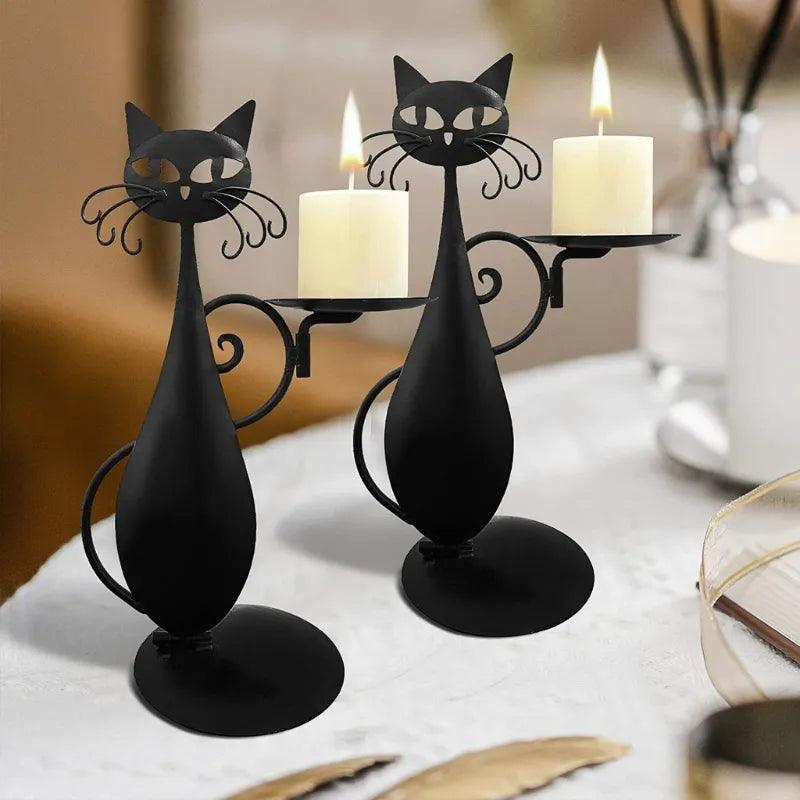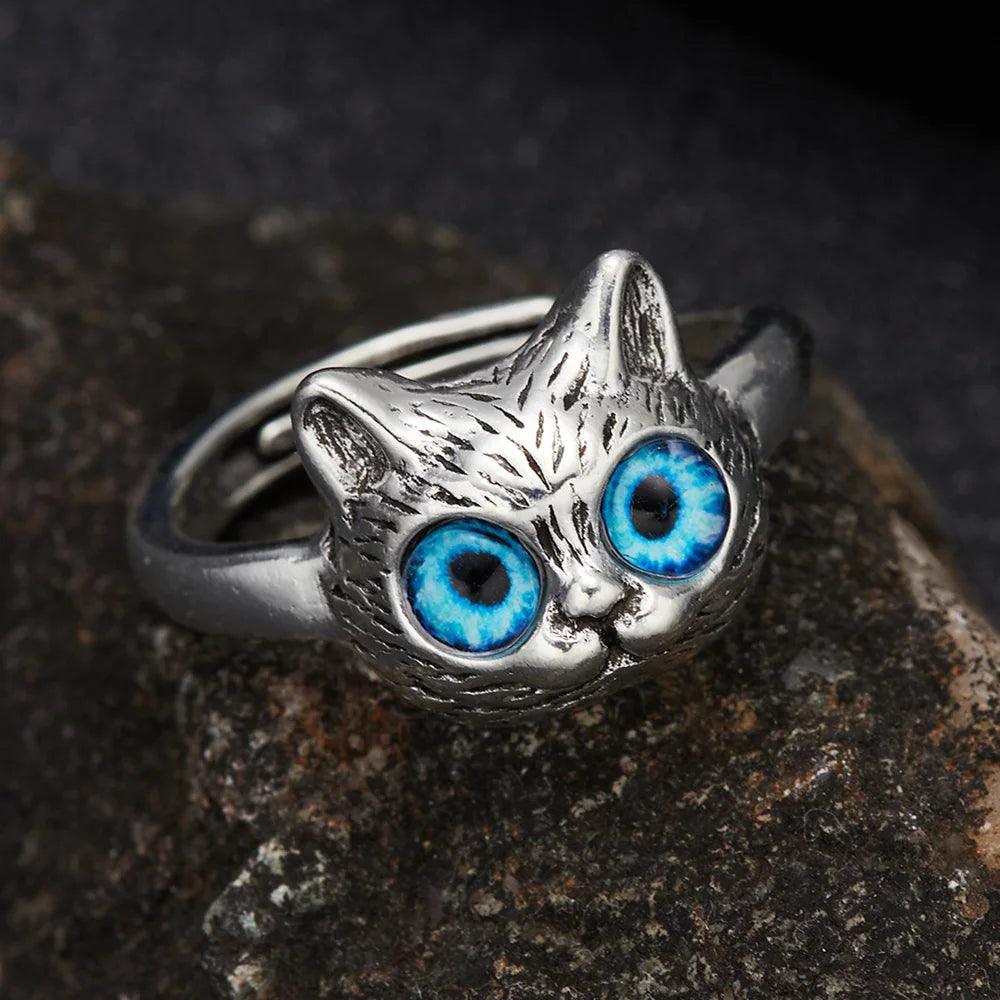If you're a cat owner, you've likely heard your feline friend making an array of sounds beyond the usual meows and purrs. One of the most intriguing and adorable of these is chirping. But what exactly is cat chirping, and why do our cats do it? Let's dive into this fascinating behavior.
What is Cat Chirping?
Cat chirping is a unique sound that falls somewhere between a meow and a purr, often resembling the chirp of a bird. It's typically a short, repetitive noise that can sound like "ack-ack" or "chirp-chirp." This sound is most commonly heard when a cat is watching birds or small animals through a window, but it can also occur during play or even at seemingly random moments.
Why Do Cats Chirp?
Hunting Instincts
One of the most widely accepted theories is that chirping is connected to a cat's hunting instincts. When a cat chirps at birds or squirrels outside the window, it may be mimicking the calls of its prey or expressing frustration at being unable to catch them. Some experts believe that this sound is a form of vocal mimicry, a strategy to lure prey closer.
Excitement and Stimulation
Cats may chirp when they are excited or overstimulated. Seeing potential prey can trigger an adrenaline rush, resulting in chirping. This sound can be a cat's way of expressing enthusiasm and readiness for the chase, even if the pursuit is purely imaginary.
Frustration
Chirping could also be a sign of frustration. Indoor cats, in particular, may chirp when they spot prey but can't reach it. This vocalization might be a way for them to express their eagerness and the pent-up energy they can't release through actual hunting.
Communication with Humans
Some cats chirp to communicate with their human companions. If your cat chirps at you, it could be trying to get your attention, share its excitement, or even express contentment. This behavior might be reinforced by positive interactions, such as you responding with affection or treats.
The Science Behind Chirping
Researchers studying feline behavior have found that the structure of a cat's vocal cords allows for a wide range of sounds, including chirps. This versatility in vocalization can be traced back to their wild ancestors, who used different sounds for various forms of communication within their social structures.
In a study conducted by animal behaviorists, it was observed that domestic cats often use chirping as a non-threatening way to communicate with other cats and humans. This sound is less aggressive than hissing or growling, suggesting that chirping is a friendly or neutral form of expression.
How to Respond to Your Cat's Chirping
If your cat starts chirping, enjoy the moment and consider it a window into their wild side. Here are a few tips on how to respond:
Engage in Play: If your cat is chirping at birds or other animals, try engaging them in play with toys that mimic prey, such as feather wands or laser pointers. This can help satisfy their hunting instincts in a safe and controlled environment.
Provide Stimulation: Ensure your cat has plenty of mental and physical
stimulation. Interactive toys, puzzle feeders, and climbing structures can keep their minds and bodies active.
Positive Reinforcement: If your cat chirps at you, respond with positive reinforcement. Pet them, talk to them, or give them a treat. This encourages the behavior and strengthens your bond.
Observe Their Behavior: Pay attention to the context in which your cat chirps. Understanding their triggers can help you provide better care and enhance their well-being.
Conclusion
Cat chirping is a delightful and intriguing behavior that showcases the complexity of our feline friends. Whether it's a remnant of their wild hunting instincts, a sign of excitement, or a unique way of communicating with us, chirping adds another layer to the rich tapestry of cat behavior. So the next time your cat chirps, take a moment to appreciate this charming and mysterious sound, and maybe even chirp back!
By understanding and responding to our cats' chirping, we can deepen our connection with these fascinating creatures and enrich their lives—and ours—with joy and curiosity.











